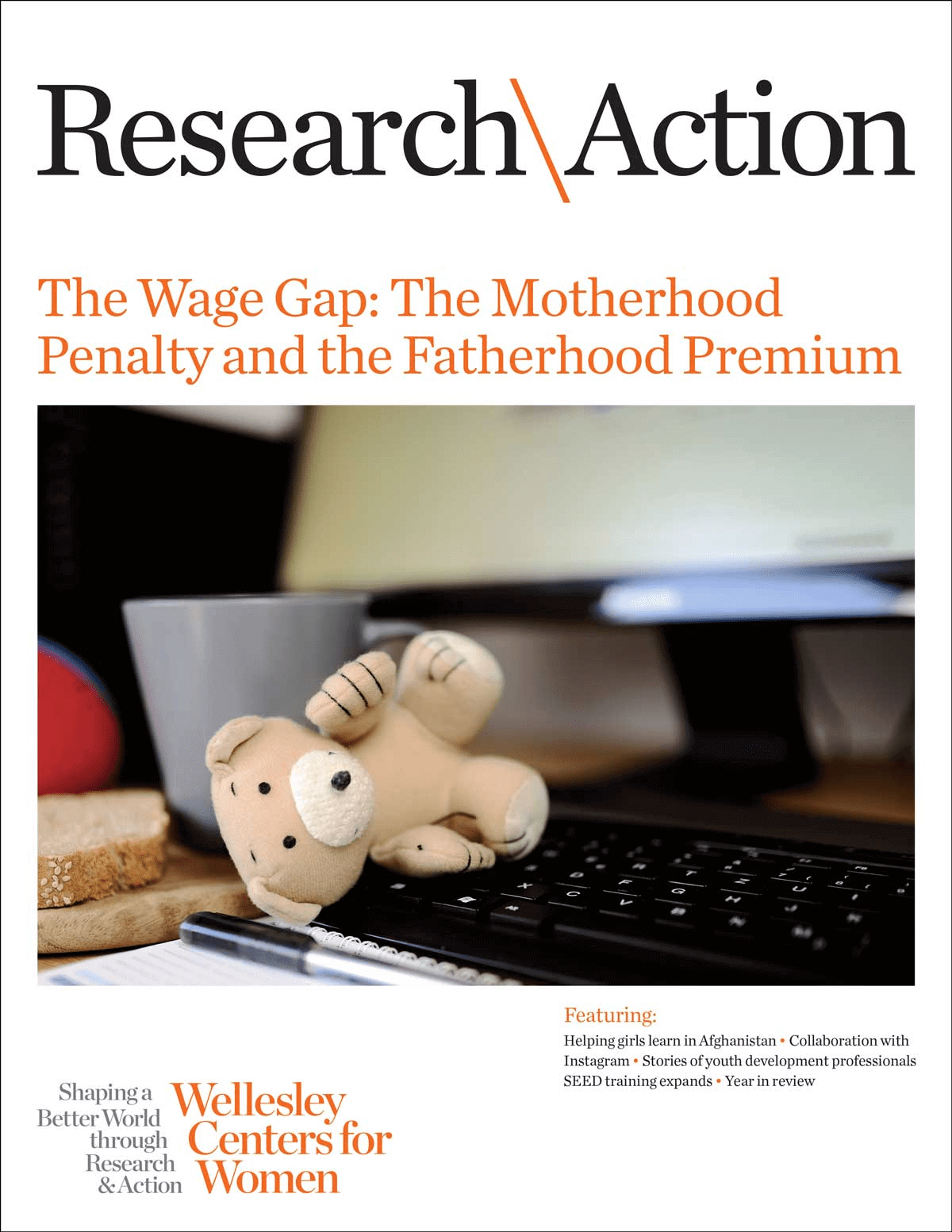 Parents in low-income families often work low-wage jobs that have nonstandard and/or unpredictable schedules. Formal child care programs, on the other hand, typically offer care during standard 9-5 hours and rely on predictable schedules. This creates a mismatch with the work schedules of many low-income families seeking access to quality child care, which can be a barrier to their employment and to their children’s health, safety, and positive development.
Parents in low-income families often work low-wage jobs that have nonstandard and/or unpredictable schedules. Formal child care programs, on the other hand, typically offer care during standard 9-5 hours and rely on predictable schedules. This creates a mismatch with the work schedules of many low-income families seeking access to quality child care, which can be a barrier to their employment and to their children’s health, safety, and positive development.
In a recent study funded by the Administration for Children and Families of the U.S. Department of Health and Human Services, WCW researchers investigated the complex connections between poverty, work schedules, parents’ selection of different types of child care, and work disruptions. They also looked at how government policy can either help or hurt families in obtaining the care they need for their children.
“We found that workers with non-standard schedules were more likely to use care provided by their families, friends, and neighbors (also referred to as in-home child care) than they were to use center-based care or formal family child care homes,” said WCW Senior Research Scientist Wendy Wagner Robeson, Ed.D., who completed the study along with former Senior Research Scientist Nancy L. Marshall, Ed.D., and Alicia Doyle Lynch, Ph.D., of Lynch Research Associates. “These workers valued flexibility in their child care arrangements, often turning to people they knew who could accommodate their non-standard schedules. As a result, they experienced fewer child care-related work disruptions than those who used more formal child care, and were less likely to have issues maintaining their jobs.”
Policies that allow parents to obtain subsidies while using the kind of care that makes the most sense for them—care that leads to minimal work disruptions—could be a game-changer for low-income families and their ability to maintain employment.
Given these connections, what are the implications for policy? The researchers looked at the Child Care and Development Fund (CCDF), a federal and state partnership program, which—depending on the state—sets minimum work hours for eligibility for child care subsidies and puts limits on in-home child care. They found that CCDF policies that limited in-home child care reduced the likelihood that non-standard-hours workers would use care provided by their families, friends, and neighbors, placing them at risk for greater child care-related work disruptions that could lead to job instability. While the CCDF policies that limit in-home child care are often motivated by a desire to set minimum health and safety standards, such as requiring CPR training, they have the unintended consequence of also limiting families’ access to care that may best meet their needs.
“The good news is, revised policies could make families’ lives much easier,” said Robeson. “Policies that allow parents to obtain subsidies while using the kind of care that makes the most sense for them—care that leads to minimal work disruptions—could be a game-changer for low-income families and their ability to maintain employment.”
Though the researchers focused on CCDF policy, other policies and practices are important too, including employer policies with respect to child care benefits, sick leave to care for sick children, and government regulations that address employers’ staffing practices. The growing importance of non-standard-hours work in the U.S. economy, and the burden that this places on the poorest families, requires continued research and analysis to identify more effective supports for low-income workers and their families.


